Eritrea
“Describe your first impressions of Asmara with three words.” An Africanews question to Ethiopian journalist Samson Berhane who reconnected with his Eritrean dad after 21 years of forced separation due to a diplomatic spat.
“Historic, Antique, Quiet,” Samson’s response. His views are complimented with what he says is a strong tourism potential for the Eritrean capital, Asmara.
Asmara was in 2017 designated as a United Nations Scientific and Cultural Organization, UNESCO, World Heritage site.
In comparing Asmara to the bustling and ever growing Ethiopian capital Addis Ababa, Samson said: “… with regards to the features of the two cities, both have a unique feature. But I believe Asmara has more potential for tourism as it is a city where you see the legacy of Italy and other modern European architectures.”
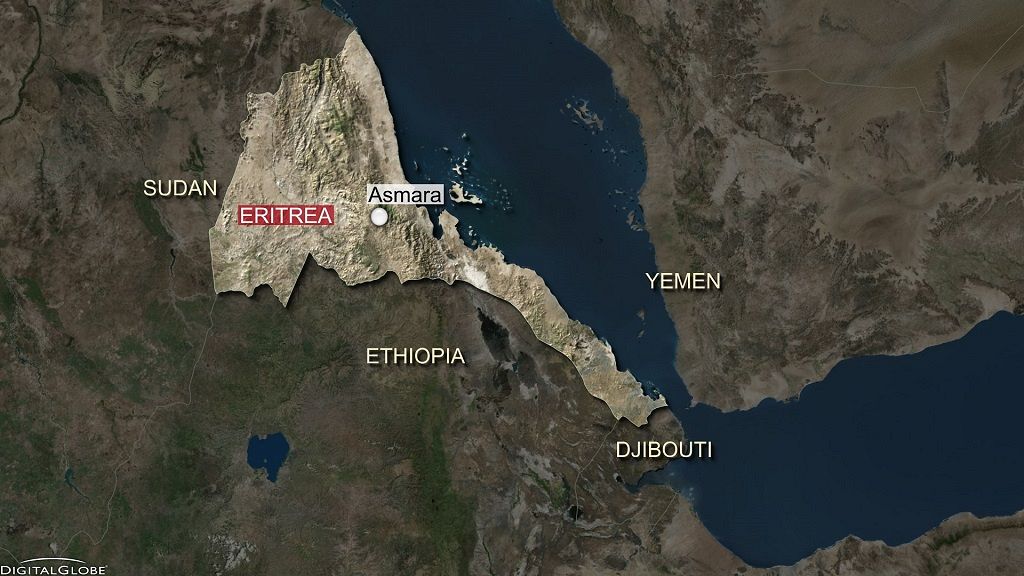
And mind you this is a visitor who spent relatively shorter time in Asmara than planned because Eritrean national records ensured that he took no time in locating his father and his other siblings – who he got to know of from the authorities before meeting them.
“Until I found my dad on July 24, 2018, I don’t have any base in Asmara. I was thinking to rent for a room while looking for him. But as I found him earlier than I expected, I stayed at his house with my five sisters and two brothers as well as my step mom.”
Asmara has become somewhat of a diplomacy hub as President Isaias Afwerki has hosted three leaders from the subregion in a space of two months. Ethiopian Prime Minister arrived for a peace deal mission.
Asmara has since hosted Somali president Mohamed Abdullahi Mohamed Farmaajo and South Sudanese president Salva Kiir. After the peace deal with Ethiopia and resumption of flights between the two nations, people visited Asmara and the capital attracted increased media spotlight since then.
Eritrea country profile: Historic capital, powerful leader, migration headache
Independence, Ethiopia and international relations
Eritrea was colonized by two European countries – Italy (1889 – 1941) and England (1941 – 1952). It was annexed by Ethiopia in 1961 after the UN declared it an an autonomous region of Ethiopia after the British left in 1952.
In 1991, the Eritrean Peoples Liberation Front triumphed in a war of independence, they are said to have had a hand in deposing Ethiopia’s Derg regime leader, Mengistu Haile Mariam in 1974.
Eritrea in 1993 voted for independence from Ethiopia in a UN-backed referendum and subsequently gained international recognition. It is currently a full member of the African Union (A.U.) and of the United Nations (U.N.)
A constitution was promulgated in 1997 but has never been implemented. The last presidential elections were planned for the same year but failed to hold. Nothing has been mooted along those lines since then. The Central Intelligence Agency (CIA) reports that work on a new draft constitution started in 2014 and continued well into 2016.
A protracted diplomatic spat spanning decades over a border demarcation ruling was resolved in July 2018 when leaders of both countries signed a peace deal which joyfully united peoples of both countries and received massive praise across Africa and the world.
- The population stands at about 5.8 million (July 2016 estimates)
- The land area measures about 117,400 square kilometers.
- Official languages are Tigrinya, Arabic and English.
- Major religions are Islam and Christianity
- The national currency is known as the Nakfa.
(Facts courtesy of U.N. and the World Bank)
CLICK HERE for more news items on Eritrea
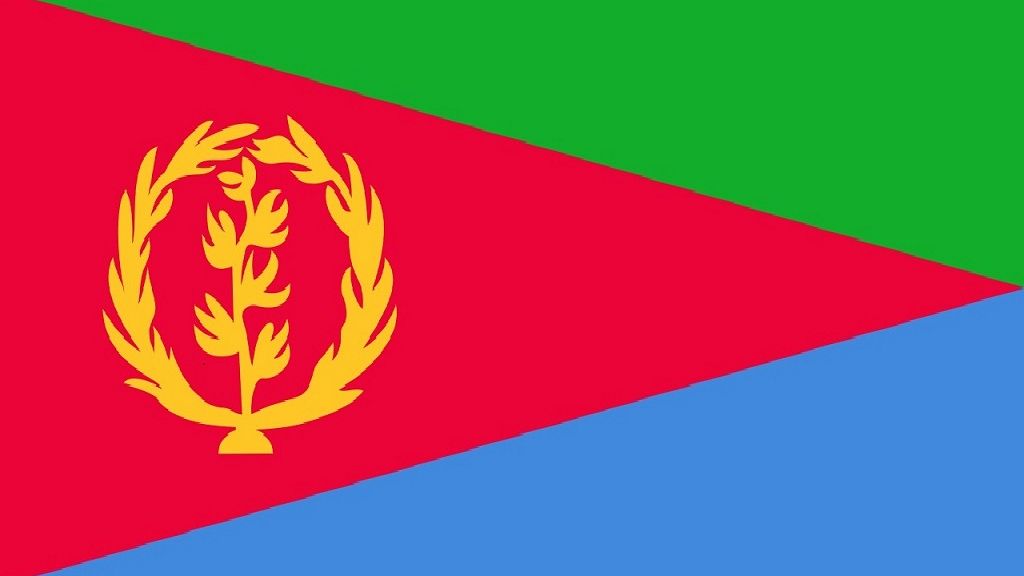



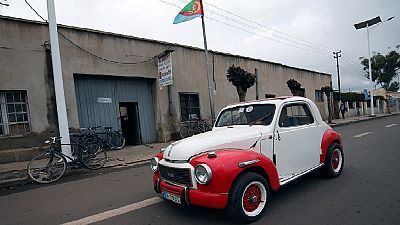

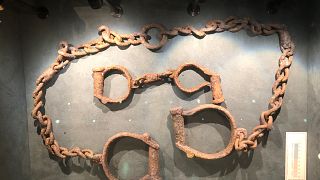
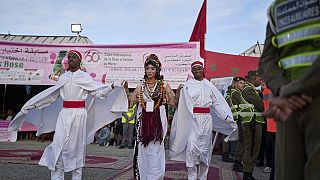

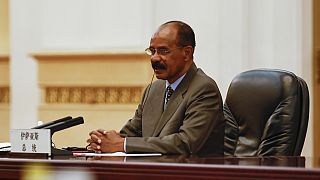
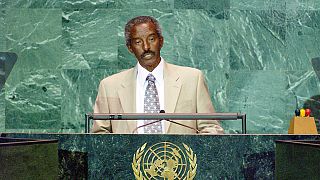

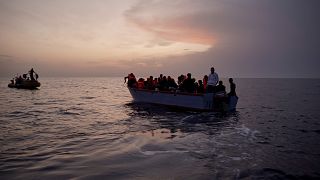
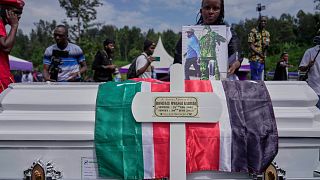
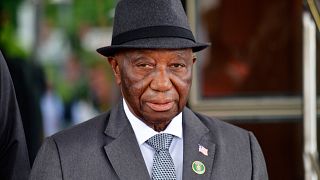
01:51
China expands visa-free travel to 74 countries, Africa left out
01:13
China and Ethiopia reaffirm alliance at meeting on sidelies of BRICS summit
02:19
Morocco sees surge in Chinese tourists
01:05
Ethiopia's mega-dam on the Nile is "now complete", Prime Minister says
01:03
Ethiopia to post faster growth despite debt, inflation
02:09
In a bid to aid its economy, Lebanon hopes to return to golden age of tourism